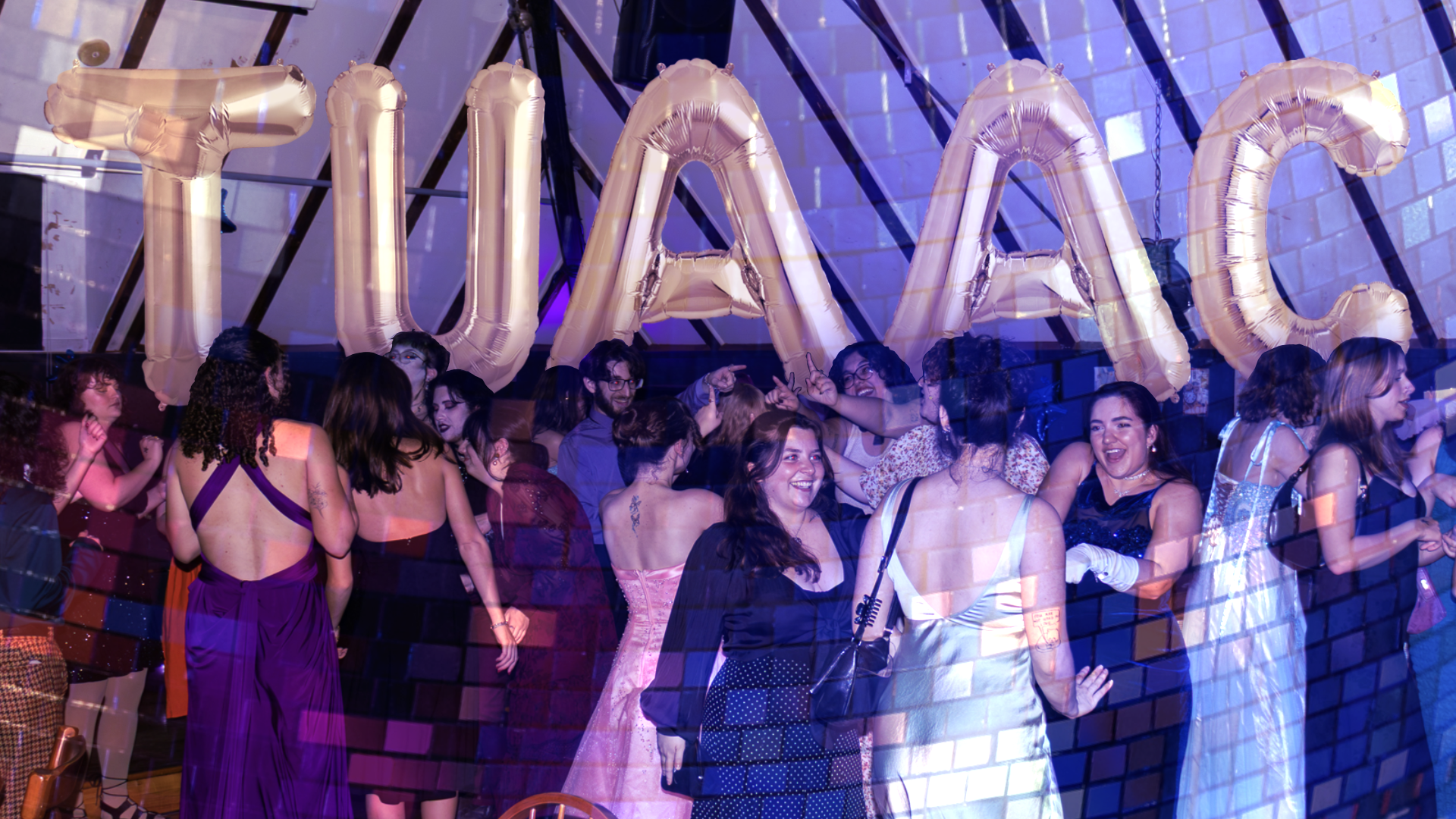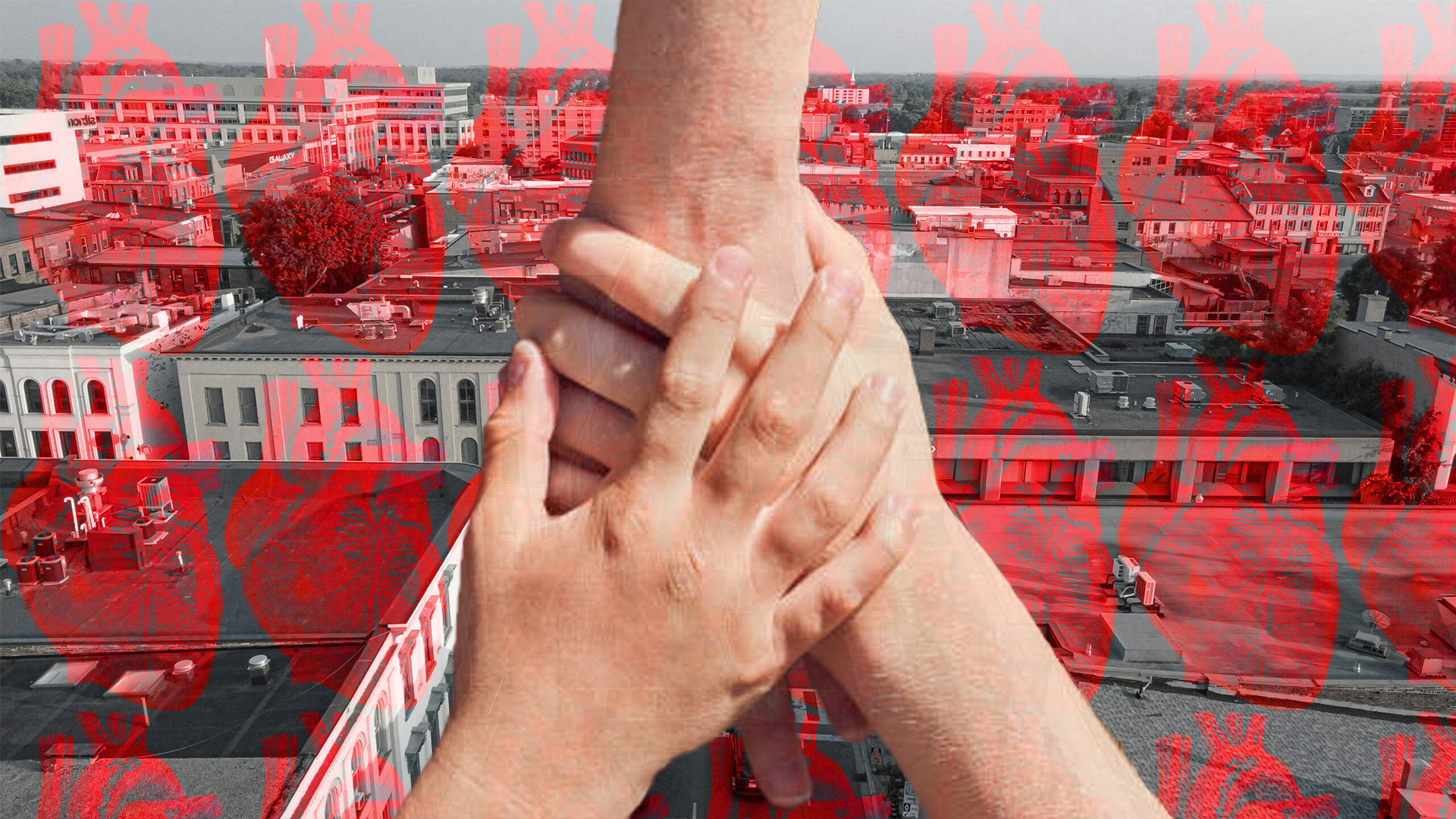Dr. Rhea Ashley Hoskin (she/her) is an Ontario Women’s Health Scholar and an AMTD Global Talent Postdoctoral Fellow at the University of Waterloo. Her work examines perceptions of femininity and sources of prejudice rooted in the devaluation or regulation of femininity. Dr. Hoskin was able to answer some of my questions over an email exchange on the effect of femmephobia with a particular focus on 2SLGBTQ++ individuals. Below, is the full interview.
1. In your own terms, how would you define Femmephobia?
My interest in femmephobia was sparked nearly 15 years ago, and I have researched femmephobia for over a decade. The term femme originated with 1940s butch/femme lesbian communities but has since grown to encompass queer femininities, people who challenge the prescriptive norms of femininity and to describe a particular relationship to femininity. With this expansion came Femme Theory – a framework of analysis that centres marginalized and queer femininities in the analysis of psychosocial and cultural phenomenon (especially with respect to gender and power). Femmephobia emerges from this body of literature, and I think it’s important to recognize this historical connection.
In my work, I define femmephobia as the systemic devaluation and regulation of femininity, particularly those that veer from patriarchal feminine norms (e.g., heterosexual, cisgender, assigned female at birth, white, able-bodied, thin, etc.). In other words, femmephobia is a term to describe the way society treats femininity, both in terms of how femininity is systematically devalued and also how it is highly regulated (e.g., who can be (seen as) feminine).
2. Who does this typically impact in the Queer community?
I’m not sure if there’s anyone who is untouched by femmephobia, within and outside of queer communities. Societal treatment of femininity as inferior is woven deeply into the fabrics of the western world. I think what’s so fascinating about femmephobia [is that] the concept can bring together experiences that are often seen as unrelated, into a singular – albeit complex – framework (or a new lens to see the world). This unique unifying lens brings with its novel solutions to transmisogyny, homophobia, rape culture, misogyny, sexism, and toxic masculinity (to name a few).
3. How does femmephobia express itself in micro-levels (micro-aggressions)?
In my research, femmephobic micro-aggressions typically present themselves as questions of “authenticity” – we see feminine lesbians being questioned as “real lesbians” (equally so for feminine bisexual or queer women), feminine men (both cis and trans) are questioned as “real men”, feminine trans women are accused (wrongfully) of being “caricatures,” feminine nonbinary people are seen as less valid or authentic as masculine nonbinary folks, and feminine women (both cis and trans) are seen as not “real” feminists. Femmephobic microaggressions also relate to the subtle ways we communicate femininity as being inferior, weaker, and so on. For instance, why is it so much more of an insult to be called a sissy (or sissyboy) than being called a tomboy?
4. How does this affect dating, love life, and expressing yourself?
Femmephobia comes up quite a bit in LGBTQ+ dating patterns. By now we’ve all heard the “no fats no femmes no Asians” tagline found on so many gay men’s dating profiles. We can also see this pattern among queer women, where feminine women (both cis and trans) are seen as less desirable when compared to their more masculine or androgynous counterparts.
5. How has your research impacted the way you interact with others?
My research is very personal. From a very young age, I began to recognize the treatment of femininity but struggled to articulate these experiences and how they differed from homophobia, sexism, and transphobia. My research has given me words and language to name these experiences and systematically understand how people interact with me, and with others, or how assumptions come to be formed based on femmephobia. Expanding from my own experiences, I have also come to question my language use and assumptions about others based on femininity.
6. Is there any staggering or surprising information from your conclusions?
I think people have a tendency to write off the importance of researching and understanding femininity (likely because of femmephobia), and don’t realize the vast implications of femmephobia as a systemic issue. Femmephobia doesn’t just impact feminine-of-centre folks, although their experiences alone justify cause for concern and immediate action; femmephobia also impacts masculine people. At the core of toxic masculinity, for example, you will find a deep need to disavow femininity. Femmephobia is a driving force behind so much of toxic masculinity; from refusal to wear COVID masks for fear of looking weak, to the rate of suicide that can be linked to fear of expressing emotions.
7. What can we do to better our community, and make it less femmephobic (more intersectional)?
I think generally recognizing the systematic way that we devalue and regulate femininity would go a long way. I also think there needs to be more openness to feminine diversity. Gender is a spectrum, and no one should be limited from being able to express femininity or masculinity. There is a cultural tendency to police who can be feminine and put tighter restraints around which femininity is deemed “acceptable” or valid. Yes, masculinity is also policed but not with the same volatility as femininity.
We could also start to recognize subtle femmephobia. For instance, we can see this a lot in how femininity is used to as a joke as well as to ridicule, mock or trivialize people. We could also stop reproducing masculinity as gender-neutral – or recognize the tendency to see thin white masculinity as being gender-neutral; remember, “femmes can be thems.”
More about Dr. Hoskin’s Research:
Website
Queen’s Gazette Article
University of Waterloo Info on Research
Research Gate - Publications
Instagram
Twitter
Additional Resources:
Kawartha Sexual Assault Centre
Nogojiwanong Friendship Centre
Talk4Healing – Indigenous Text/Chat Line
Trans LifeLine – Hot Line And Chat
The Trevor Project- Hot Line And Chat
Info About MENding
Canadian Mental Health Association
List of Treatment Programs For Men All Over Canada
BIPOC Project
Informative Films:
The Mask You Live In- Trailer
Tough Guise 2: Violence, Manhood, & American Culture
Disclosure – Trailer
Marsha P – Trailer
Making Masculine – Trailer


.png)


.jpg)


.jpeg)



.jpg)


.jpg)





.jpg)




.png)